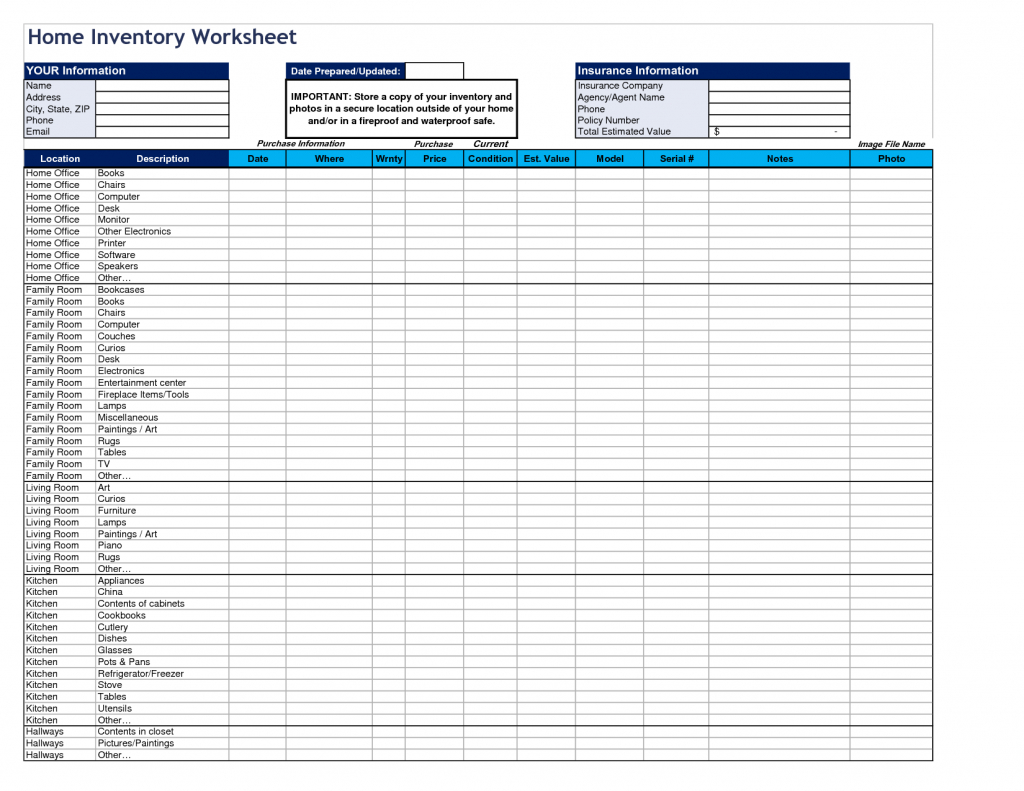

To extract only rows that contain text strings in column with Alias or Short Name "B" using isText() function.įrac(B) > Time(10:00:00) AND frac(B) Date() Use the ENTER key to break expressions into multiple lines. To highlight rows contain numeric data, string "-" and empty space in column with alias "A". To extract all rows except those that contain "Tom" or "James" in column A. Note wildcard symbols such as * (string of characters) and ? (single character) are supported and string search is not case-sensitive. To extract rows containing "CA" within the string, in a cell in column with Alias or Short Name "B". To extract every 3rd row for all selected rows using mod() function, where "i" is the row index variable.

To extract rows with no missing values and no text strings in column "A" (Alias or Short Name). To extract rows with the square of values in column "N" (Alias or Short Name) not equal to values in column "F" (Alias or Short Name). To extract rows by the 10 largest values in column Short Name "A". Note: The following syntax also works: col(A) > 0 or col( index) > 0 (where index is column index number). To extract rows with values of column Short Name "A" that are greater than 0 To extract rows with values of column Long Name "Population Density" that are greater than 1000 To extract rows with values of column Alias "T" that are greater than 0 You can use column Names or Aliases and relational operators (>, 0

You will see that the extracted results are stored in a new worksheet in the source workbook. Select the Extract to New Worksheet radio button in Output: panel and then click the OK button.
Quick spreadsheet online update#
Select Auto from Recalculate drop-down list to auto update the results if data changes.Notice that the number of found rows under the Condition box has been updated, and some rows in the worksheet are highlighted. Click the Test - select if true button.Note that this tool supports the wildcard symbol * inside strings. Note: You can click the AND button instead of typing out A-N-D:ĭ > 100 AND M = "* CA*" or D > 100 AND M = "* CA*" (SCN OFF or Use Alias IS checked, use Alias to represent data) C > 100 AND D = "* CA*" or C > 100 AND D = "* CA*" (SCN ON, Use Alias NOT checked, use Short Name to represent data) In both cases, this condition looks for population densities > 100 for all areas in California ("CA"). Enter ONE of the following formulas in the Condition box, depending on whether the Use Alias box is checked.in the Columns: panel so that this column will not be included in the extracted result. Note that aliases D and M are assigned to the columns respectively. "M button to move these columns to the Select Column Variables for If Test panel. Aliases could be a single letter, whereas references to even the column Short Name required use of the col() function (e.g. Previously, the use of an alias to represent the data column was an efficient alternative to use of actual column names. This tool predates the introduction of Spreadsheet Cell Notation (SCN) in Origin 2017. Notes on Spreadsheet Cell Notation, Use Alias and Column Naming Note:For the columns' information listed horizontally in the left panel, you can right-click any place within this panel to select the items you desired to show, such as Column Index, Short Name or Long Name of columns. Spreadsheet Cell Notation is turned ON in the workbook but you have opted to check the Use Alias box in the upper-right corner of the dialog box.Spreadsheet Cell Notation is turned OFF in the workbook.Note that if either of the following is TRUE, you will need to perform Step1a:

The following image shows the order in which you set controls in the Worksheet Query dialog box.


 0 kommentar(er)
0 kommentar(er)
